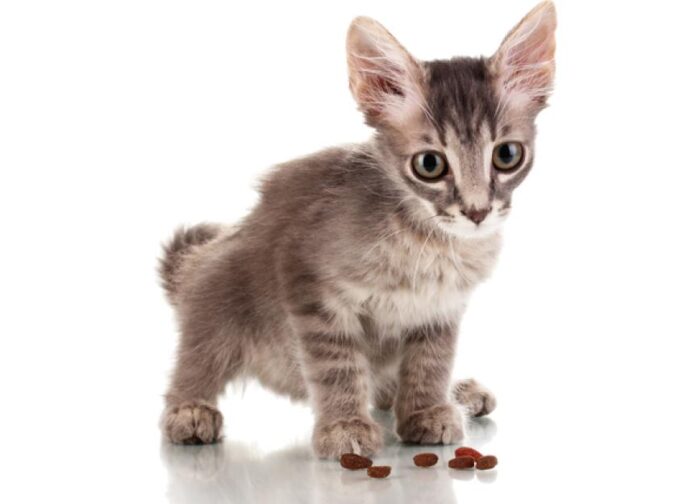Essential Guide to Feeding Your Kitten: Nutrition and Daily Schedule
Safeguarding your kitten’s health begins with proper nutrition. Whether you’re adopting a new kitten or helping your nursing cat’s kittens transition to solid food, establishing healthy eating habits is crucial. This guide provides you with a structured daily feeding schedule and nutritional advice, ensuring your kitten receives the essential nutrients needed for growth and development.
Understanding Kitten Nutrition
Choosing the right food is paramount for your kitten’s well-being. As they grow, kittens require extra calories, protein, vitamins, minerals, and other nutrients to support their rapid development. Here’s how to select the best food:
- High Quality Foods: Opt for dry and canned kitten foods that are rich in protein and low in carbohydrates, produced by reputable manufacturers.
- Feeding Guidelines: Review the feeding guides on the food packaging, which typically recommend amounts based on your kitten’s weight and age. Start with a balanced mix of wet and dry food.
- Monitor Changes: Adjust feeding amounts based on your kitten’s body condition; reduce food intake if they become overweight, and increase if they appear underweight.
Daily Feeding Schedule for Kittens
It is essential to maintain a consistent feeding schedule instead of free-choice feeding. This routine enhances training opportunities and allows you to monitor your kitten’s food intake effectively. Below is a simple daily meal plan for the first six months post-weaning:
Morning Meal
- Provide a fresh bowl of water, approximately one cup in size and easy for your kitten to access. Clean the bowl daily.
- Serve half of the daily canned food allotment, refrigerating any leftovers. Discard uneaten food after 30 minutes.
- Fill a puzzle feeder with one-third of the daily dry kibble, encouraging your kitten to ‘hunt’ and play. Any leftover kibble can be placed in a small bowl for grazing.
Afternoon Meal
- Refresh the water bowl if necessary.
- Feed approximately one-third of the daily kibble ration.
- Use treats—store-bought or homemade (such as unseasoned, cooked egg or poultry)—to reinforce commands like “up” and “sit,” as well as helping your kitten recognize their name. Treats should not exceed 10% of total daily caloric intake to prevent weight gain.
- Leverage mealtime for carrier training by placing food or treats inside a clean and comfortable carrier. Gradually close the door as your kitten becomes accustomed to it; this familiarity can be critical in stressful situations.
Evening Meal
- Refresh the water bowl if needed.
- Serve the remaining half of the canned food allotment for the day, discarding any uneaten portions after 30 minutes.
- Provide one-third of the daily dry kibble in a small bowl to prepare for the night.
- Conclude the day with a play session, which is essential for your kitten’s exercise and mental stimulation.
By understanding your kitten’s dietary needs and adhering to a structured feeding schedule, you support their physical and emotional development, ultimately leading to a healthy and thriving cat.
Image: Africa Studio / via Shutterstock











